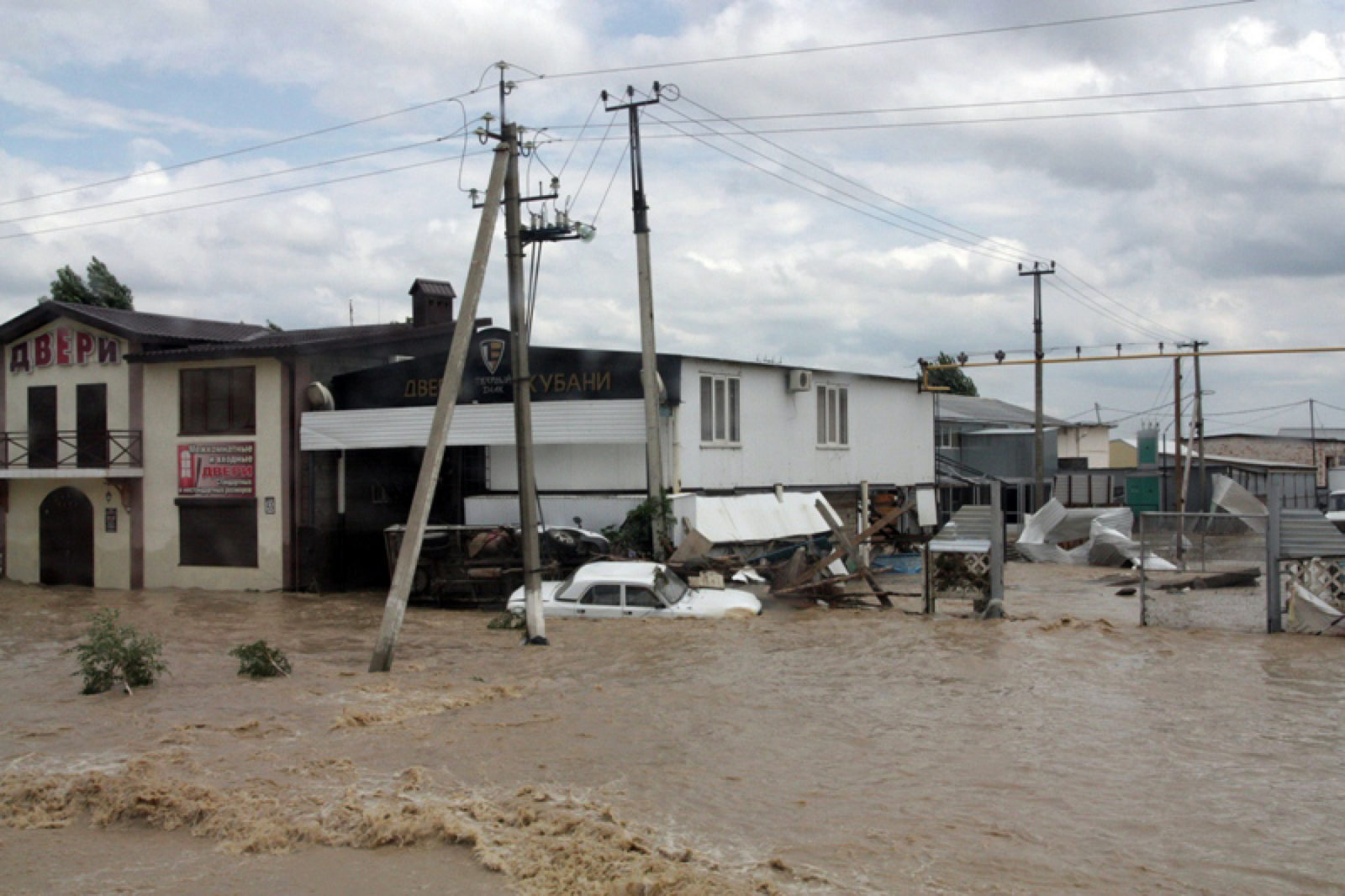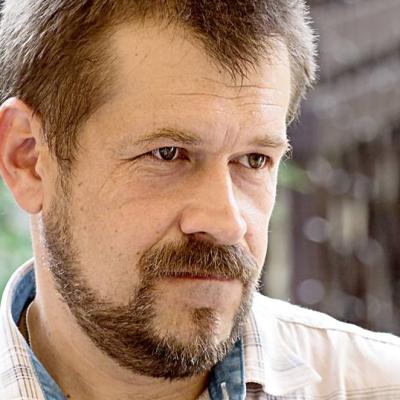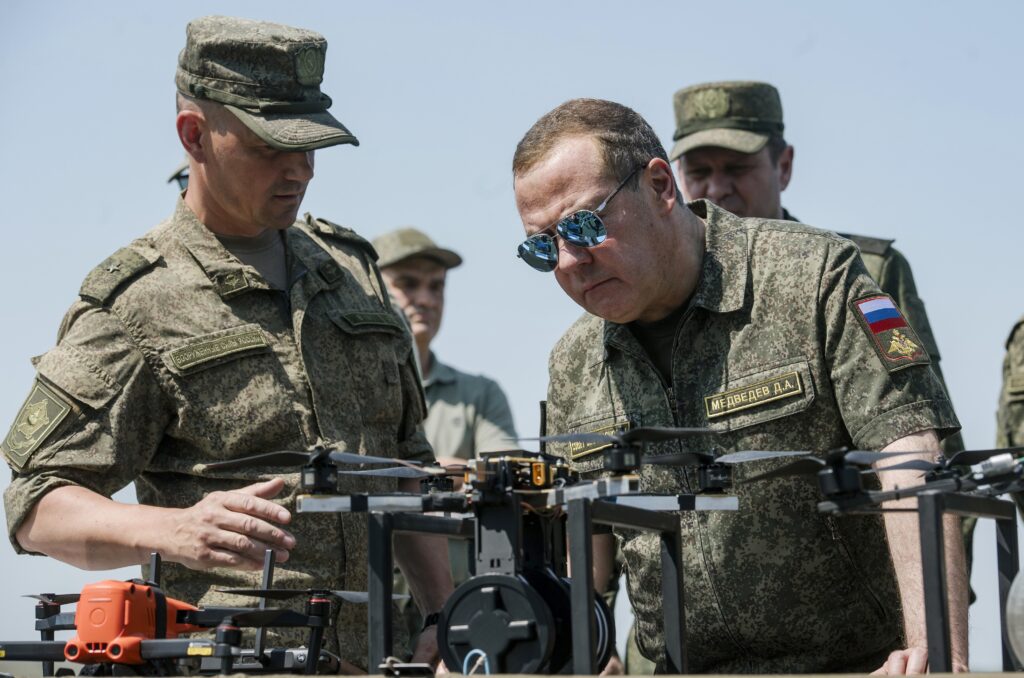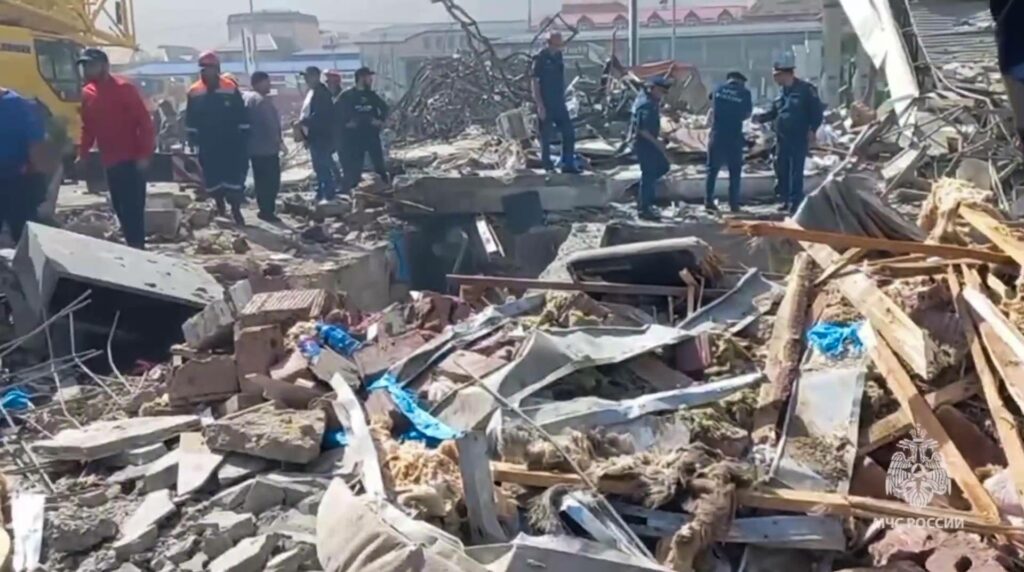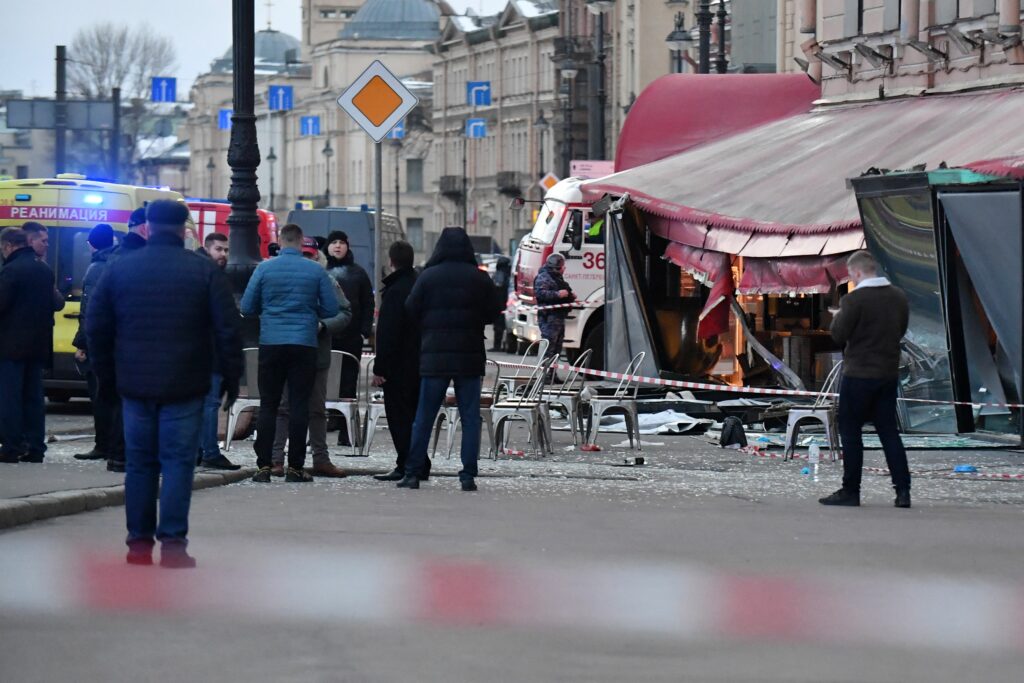138 people injured. 6 people dead. 2,300 flooded houses. This is the outcome of a vast flooding of the Kuban river in southern Russia that no one was prepared for.
A cyclone, rainfall and even freshets have been listed among the causes. These explanations are unsatisfactory. Riverine floods explained by riverine floods – this seems to be a ridiculously circular deflection.
A widespread excuse that this was unexpected sounds equally ridiculous: more than two hundred catastrophic floods, and countless minor ones, have around the Kuban river since the 17th century.
People learned how to deal with natural disasters and adapt territories at risk of flooding so that they gradually became suitable for inhabitation. Since the 1920s, numerous dikes and protective embankments have been erected along the Kuban. In the 1940s, the fight against floods and high water levels entered a new stage when detention reservoirs were built. Thus, by the 1990s, the problem of flash floods in the Kuban Delta had been resolved. Two catastrophic floods that resulted in dozens of casualties in 2002 in Krasnodar, however, made it clear that the system was no longer working. A year later, high-ranking officials from the Emergencies Ministry published an analysis of the floods — ‘Catastrophic floods of the early 21st century: Lessons learnt’. The study’s dispassionate conclusions now read like a guilty verdict for the authorities.
No Repairs and the Removal of Dams
It pointed out that rivers have not been dredged since 1995 and dams have not been repaired for 20 years. In fact, dams had been purposely removed: ‘A few years ago, one local official wanted to acquire a plot of land near the village of Golovinka. But there was a problem: the dam spoiled the view. So, it was removed. Just like that. Trucks arrived and took away expensive gravel. And then, a debris flow flooded the plot of land. Several kilometres of railway tracks were washed away and dozens of trains got stranded near Sochi. A few days later, a mudslide passed through the villages of Sukhaya Shchel’ and Shirokaya Balka. And again, it turned out that the dams that had been there 15 years earlier were gone’.
Human activity not directly related to water management also leads to danger: ‘In the late 20th – early 21st century, anthropogenic factors began to play an increasingly important role in ramping up both the frequency and severity of floods. Among them, deforestation should be mentioned in the first place as it increases peak land runoff by 250-300%. Another factor is poor agricultural management. Land runoff and flood severity have increased dramatically as a result of the deteriorated infiltration properties of the soil. The severity of freshets and floods has aggravated due to: longitudinal downhill ploughing, field compaction following the use of heavy machinery, excessive irrigation as a result of violations of irrigation norms. The average levels of damage caused by floods in urban areas has almost tripled due to the widespread use of watertight coatings and real estate development. A significant increase in peak runoff is associated with the cultivation of flood lands which used to naturally regulate runoffs’.
Additional risk factors are also cited such as the inappropriate loci of household facilities and housing that constrains the natural flow area: ‘Floodplains of lowland rivers are usually too wide to leave empty. They are occupied by the suburbs (so-called ‘Zarechny’ districts on the riverside), dachas, gardens, farms… Hydrologists insist: the river is supposed to overflow, it is only natural. This is the law of nature and there is only one way out: avoid building houses or other structures in places known to flood’.
The President Was Aware
The comprehensive Soviet system of flood protection had been stripped apart by the early 2000s. The top echelons of power are well aware of this, as testified by the statement of Vladimir Putin made at the joint meeting of the Security Council and the State Council Presidium in November 2003: ‘The damage caused by floods and storms, earthquakes and forest fires amounts to billions of roubles. There are also irreplaceable losses – the loss of human lives. Natural disasters kill thousands of people and it is simply our duty to develop a system of clear and precise preventive measures aimed at protecting people against the consequences of natural calamities’.
Earlier the same year, Putin demonstrated knowledge of another nuance of the current state of affairs: ‘We must also pay attention to the regulating processes of developing areas with high risks of flooding. Currently, there is a great deal of confusion in terms of real estate development. In a number of regions, this process is beyond control, which eventually causes disasters’.
One would assume that the situation changed dramatically as soon as Putin ‘got down to business’. However, the Krymsk tragedy of July 2012 when floods claimed the lives of 172 people, showed that Putin’s awareness of the problem did not guarantee that it would be solved.
Several months prior to that catastrophic flood, the Federal Target Programme ‘Development of the Water Sector in the Russian Federation in 2012-2020’ was adopted. The programme did not restore the former order nor did it ensure public safety. But it at least offered a ‘Band-Aid solution’ to reduce the risk. The programme envisaged the dredging of rivers, the restoration of waterworks, the construction of dams and riverbank stabilisation. The government planned to earmark 523 billion roubles for the programme; however, the final figure was less than half that at 254 billion roubles.
Hopes that the belated programme would be implemented and would protect people were in vain. The attention that the head of state paid to the problem did not change the situation. For example, after the flood in Krymsk, Putin directly addressed the then Governor of the Krasnodar Krai Alexander Tkachyov: ‘And the most important thing is irrigation work, the dredging of the riverbed and so on. You should be more active along the entire riverbank. We know that one of the causes [of the disaster] is the lack of attention paid to this area of activity’.
It turned out three years later that the president’s order was not carried out; effective work was not done but only imitated. As a result, the situation has remained unchanged since 2003. According to the state report ‘On the State and Use of Water Resources in 2016’, ‘Due to the insufficient amount or lack of engineering protection facilities, hundreds of settlements as well as several hundred thousand hectares of agricultural land are located in areas at risk of flooding and dangerous riverbed processes’.
There Will Be More Tragegies
‘What have we learnt in the ten years since the previous flood in Krymsk? What lessons have we learnt? – None’ – writes Viktor Volosukhin, director of the Institute of Waterworks Safety: ‘Construction workers disregard all norms and rules, the streets are narrow, cramped, construction sites are all over the riverbank, water levels are almost as high as window sills. There is no storm water drainage like in the past. Rivers are not dredged and river mouths remain cluttered and congested. As a result, in the last decade, the risk of dying from a flood in the Krasnodar Krai has been 32 times higher than the world average’.
This case perfectly illustrates the fallacy of perceiving the notion of power as tantamount with the state. The strong power elite in Russia can afford to make arbitrary decisions both at central and municipal levels. According to Theodor Karasik, a leading expert of Washington-based consulting company GSA: ‘Seemingly universal laws are easily evaded through the adoption of arbitrary decisions, be it a construction permit to build a facility near the river or global decisions in the area of environmental policy that ignore scientific opinions and legal requirements.’
In fact, the Russian state is evidently weak. It is unable to fulfil its functions even in the most important area — namely, protecting its citizens’ lives. It seems paradoxical, but it is the power of the government which turns out to be its weakness.
For the citizens of Russia, this means one thing: death may be brought about by high water. And the reason for this is neither rainfall nor cyclones but the inertia and miscalulations of the Russian authorities.
